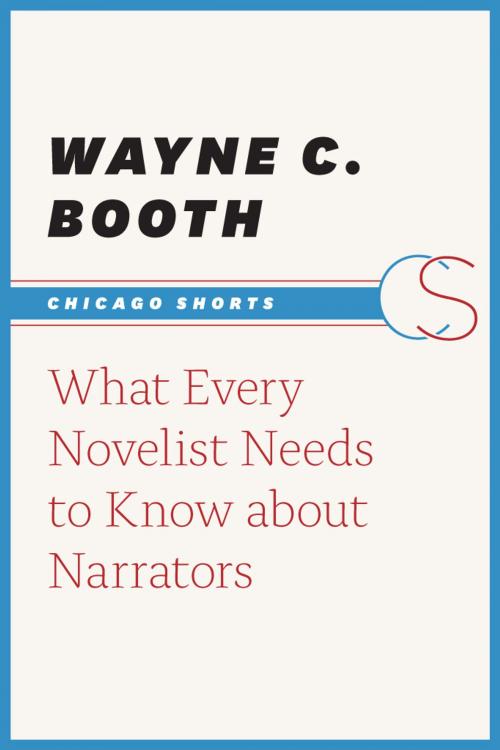| Author: | Wayne C. Booth | ISBN: | 9780226048567 |
| Publisher: | University of Chicago Press | Publication: | December 20, 2012 |
| Imprint: | University of Chicago Press | Language: | English |
| Author: | Wayne C. Booth |
| ISBN: | 9780226048567 |
| Publisher: | University of Chicago Press |
| Publication: | December 20, 2012 |
| Imprint: | University of Chicago Press |
| Language: | English |
Wayne Booth transformed the study of fiction in the twentieth century and wrote some of the most influential and engaging criticism of our time. In What Every Novelist Needs to Know about Narrators, Booth tackles one of the most difficult issues writers of fiction face: the choice of which narrative approach to take in their work. With trademark Booth aplomb, he articulates the methods behind dramatization, character development, and point of view that are indispensable for successful writing. How far the narrator sees, how she or he thinks, and how those thoughts connect with—or diverge from—those of the reader, writer, or other characters in the story: these are tools that are key to narration, and here Booth considers them in this worthy selection.
Wayne Booth transformed the study of fiction in the twentieth century and wrote some of the most influential and engaging criticism of our time. In What Every Novelist Needs to Know about Narrators, Booth tackles one of the most difficult issues writers of fiction face: the choice of which narrative approach to take in their work. With trademark Booth aplomb, he articulates the methods behind dramatization, character development, and point of view that are indispensable for successful writing. How far the narrator sees, how she or he thinks, and how those thoughts connect with—or diverge from—those of the reader, writer, or other characters in the story: these are tools that are key to narration, and here Booth considers them in this worthy selection.















